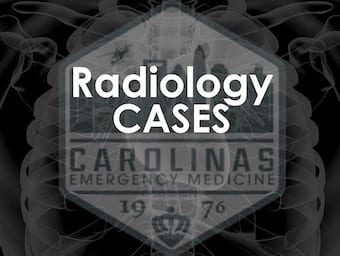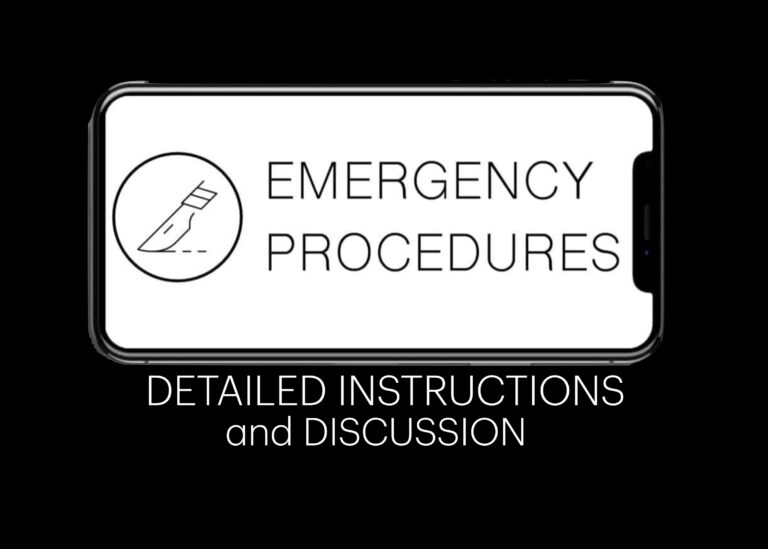
FFS: Aspiration
Aspiration can cause chemical pneumonitis or bacterial pneumonia; management depends on severity and suspicion of infection, with antibiotics if in doubt.

Aspiration can cause chemical pneumonitis or bacterial pneumonia; management depends on severity and suspicion of infection, with antibiotics if in doubt.

Axillary and subclavian vein thrombosis is an important diagnosis to make. The incidence of pulmonary embolism (PE) and long-term sequelae is high in untreated cases.

Asbestosis is a progressive fibrotic lung disease from asbestos inhalation, with restrictive pattern, pleural disease, and risk of mesothelioma and lung cancer.

André Strohl (1887-1977) was a French physician and physicist. Guillain-Barré-Strohl syndrome described in 1916

Pleural effusion is fluid accumulation in the pleural space, classified as transudate or exudate. Diagnosis is clinical and radiological; aspiration guides cause and therapy.

ARDS is acute non-cardiogenic pulmonary oedema with severe hypoxaemia, often due to systemic or direct lung injury, requiring ventilatory support.

Nasal High Flow oxygen delivers humidified, warmed high-flow oxygen via nasal cannula, providing a well-tolerated alternative to NIV in mild to moderate respiratory distress.

A 20-year-old male presents with a tender midline neck mass which has developed over the preceding few days. He is systemically well.

The Lewis lead configuration can help to detect atrial activity and its relationship to ventricular activity. Named after Welsh cardiologist Sir Thomas Lewis (1881-1945) who first described in 1913.

Nail gun injury. First in our Neuroimaging case study series with Teresa Crow , Troy Carnwath, Scott DiMeo, L. Erin Miller and Natalie Rall

A 60-year-old female with past history of lung cancer, treated with radiotherapy one year prior, has a routine surveillance CT as an outpatient.

Emergency procedure, instructions and discussion: Thoracotomy. Possibly the most terrifying emergency procedure, but also one which carries a high chance of saving a life.